Gukje Embroidery - Insa-dong Branch (국제자수원 3호점 (인사동))
9.0Km 2020-05-07
41, Insadong-gil, Jongno-gu, Seoul
+82-2-723-0830
Opened in 1979, Kukjae Embroidery specializes in embroidered crafts using traditional Korean patterns. Every product is delicately and elegantly crafted by master artisans. Kukjae Embroidery is known as a frequent destination of foreign dignitaries. It offers a seminar where international tourists can learn how to make embroidered crafts.
Olive Young - Jongno YBM Branch [Tax Refund Shop] (올리브영 종로YBM)
9.0Km 2024-04-19
104, Jong-ro, Jongno-gu, Seoul
Songhyeon Green Plaza (열린송현 녹지광장)
9.0Km 2025-06-17
Songhyeon-dong, Jongno-gu, Seoul
Songhyeon Green Plaza, located between Gyeongbokgung Palace and Jongno, is a space for culture and rest. The site was formerly used as housing for Shiksan Bank during Japanese rule. After Korea’s liberation, it served as a residence for the US Embassy and military personnel. Later in 1997, it was returned to the Korean government but remained unused for years. In 2022, the ownership was transferred to the Korean House and Land Corporation and then to the Seoul Metropolitan Government, which redeveloped it into a green plaza and opened it to the public. Upon entering the plaza, visitors are greeted by a spacious lawn adorned with flowers during the blooming season. The plaza is connected to the nearby tourist attractions through shortcuts cutting through it, including Cheong Wa Dae (Blue House), Gwanghwamun Plaza, Insa-dong, and Bukchon Hanok Village.
Golfzon Market - Yaksu Branch [Tax Refund Shop] (골프존마켓 약수)
9.0Km 2024-04-19
214, Dongho-ro, Jung-gu, Seoul
-
National Museum of Modern and Contemporary Art, Seoul [MMCA Seoul] (국립현대미술관 서울관)
9.0Km 2023-06-23
30, Samcheong-ro, Jongno-gu, Seoul
+82-2-3701-9500
The National Museum of Modern and Contemporary Art, Seoul (MMCA Seoul) opened in 2013 as a city venue of the MMCA, which opened in 1986 in Gwacheon. The museum site was where many of Korea’s historical and political developments were achieved, both during the Joseon dynasty and after the Korean War. The Seoul venue of MMCA stands out from other museums through its use of Korea’s traditional architectural concept of "madang," a spacious courtyard where people can come and gather to socialize. The exterior of the building stands in harmony with the surrounding landscape. Inside, the museum is equipped with many facilities, including a reference center, project gallery theater, and multipurpose hall. MMCA Seoul strives to accommodate every mode of new artistic endeavor and to communicate with the public.
Haniljang (한일장)
9.0Km 2021-03-19
94, Supyo-ro, Jongno-gu, Seoul
+82-2-2265-7707
A bulgogi specialty restaurant located in Jongno, Seoul. The most famous menu is Korean beef bulgogi set menu. Experience bulgogi, a Korean traditional dish.
Insadong Cultural Street (인사동 문화의 거리)
9.0Km 2023-12-26
Insa-dong, Jongno-gu, Seoul Metropolitan City
Insadong Cultural Street is a popular tourist destination for visitors from all around the world, thanks to its numerous art galleries, restaurants serving Korean table d’hote, traditional teahouses, and street vendors lining the streets. Its most recognizable feature is the use of Hangeul (Korean script) in storefronts, which allows the visitors to really see just what makes this place so special. Unlike the nearby Ikseon-dong Hanok Street, Insadong Cultural Street has larger streets with wider stores, so it is much easier to traverse. On evenings and weekends, one can find buskers performing on the side of the road.
Hotel PJ (호텔PJ)
9.0Km 2021-03-16
71, Mareunnae-ro, Jung-gu, Seoul
+82-2-2280-7000
Hotel PJ is located near Euljiro 4-ga, a transportation hub connecting subway lines 2, 3, 4, and 5, allowing guests to reach Seoul's tourist destinations such as Myeong-dong, Namdaemun, Dongdaemun, Namsan, Insa-dong, Hongdae, and Daehangno with ease. The hotel has 272 guestrooms as well as a restaurant, cafe, banquet halls, and a business center.
Hocheondang Ttukseom Station(호천당 뚝섬역)
9.0Km 2020-10-30
#103, 1F, 19, Sangwon-gil, Seongdong-gu, Seoul
+82-2-497-8880
This is a Japanese cuisine located in Seongsu-dong, Seoul. The representative menu is buckwheat soba noodles. A restaurant specializing in pork cutlet and soba noodles.
Paradise Casino Walker Hill (파라다이스 카지노 워커힐)
9.0Km 2025-05-16
177, Walkerhill-ro, Gwangjin-gu, Seoul
+82-1899-0700
Paradise Casino Walker Hill is a foreigner-exclusive casino operating inside Walker Hill Hotel, from where guests can enjoy a fine view of the Hangang River nearby. The casino is open 24 hours a day, all year round, and offers baccarat, blackjack, roulette, and tai-sai tables among others, and a variety of slot machines as well. The game tables are run by expert dealers, and staff members are fluent in many languages to serve the customers’ needs.
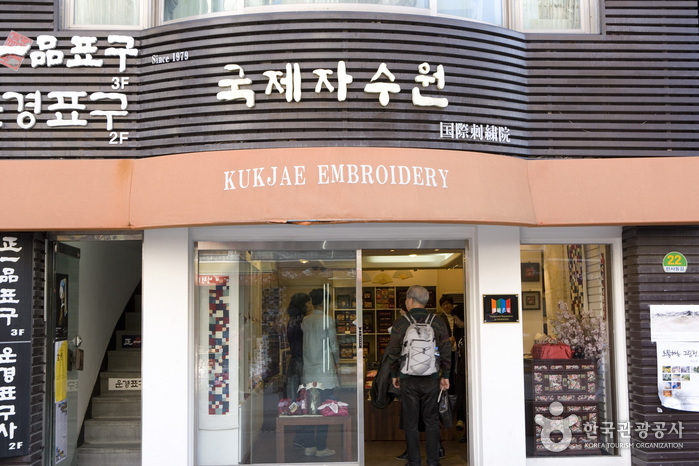
![Olive Young - Jongno YBM Branch [Tax Refund Shop] (올리브영 종로YBM)](http://tong.visitkorea.or.kr/cms/resource/27/2878227_image2_1.jpg)
![Golfzon Market - Yaksu Branch [Tax Refund Shop] (골프존마켓 약수)](http://tong.visitkorea.or.kr/cms/resource/43/2878743_image2_1.jpg)
![National Museum of Modern and Contemporary Art, Seoul [MMCA Seoul] (국립현대미술관 서울관)](http://tong.visitkorea.or.kr/cms/resource/00/2991500_image2_1.jpg)
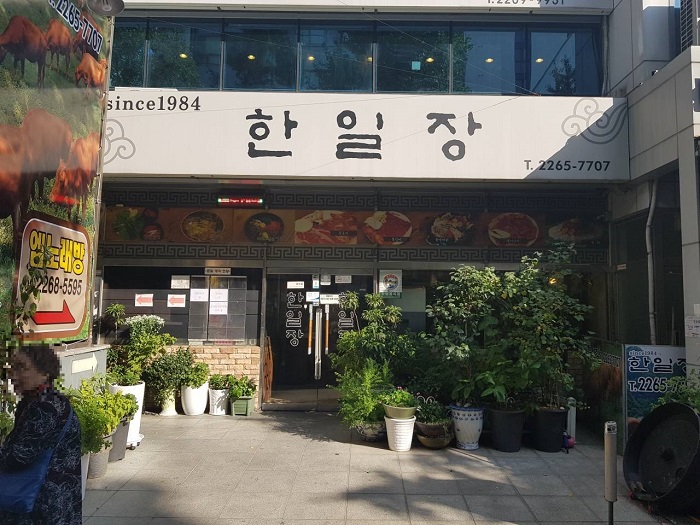
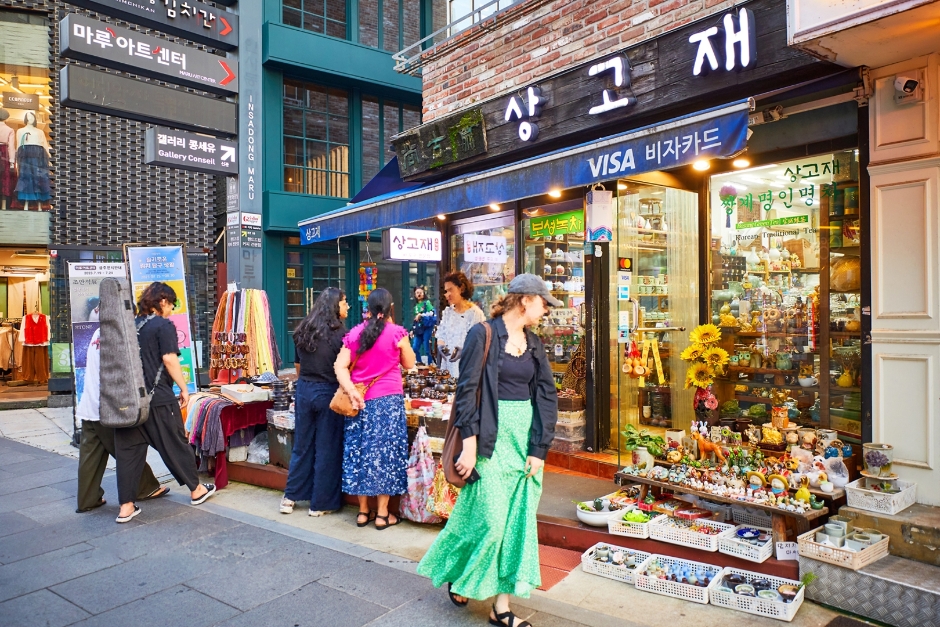
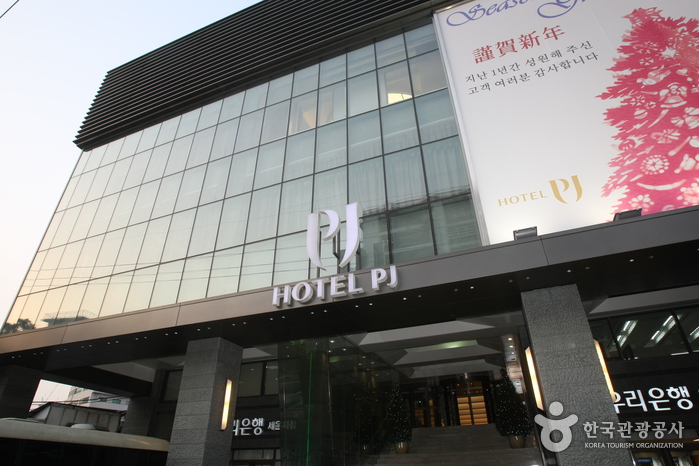
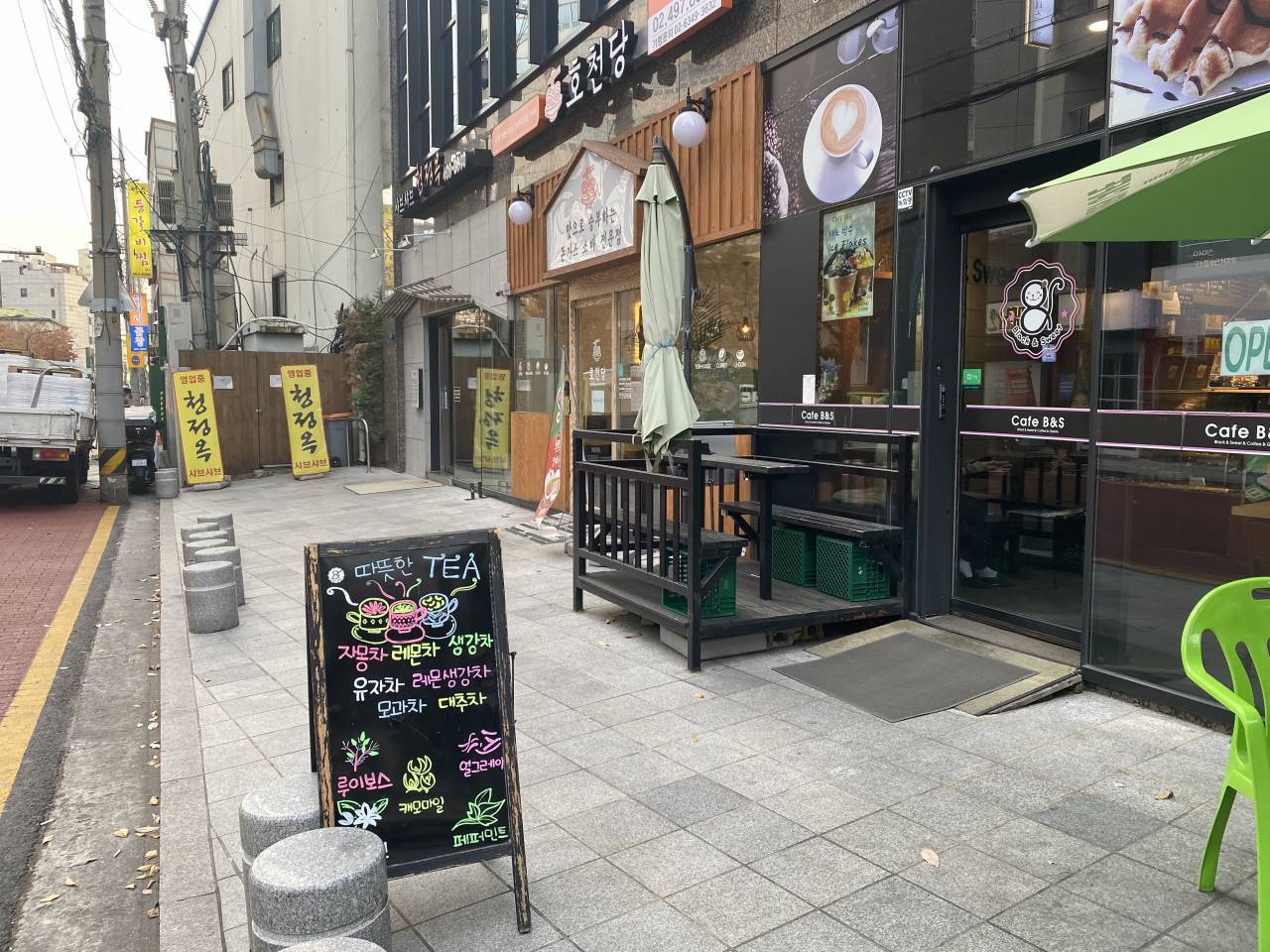
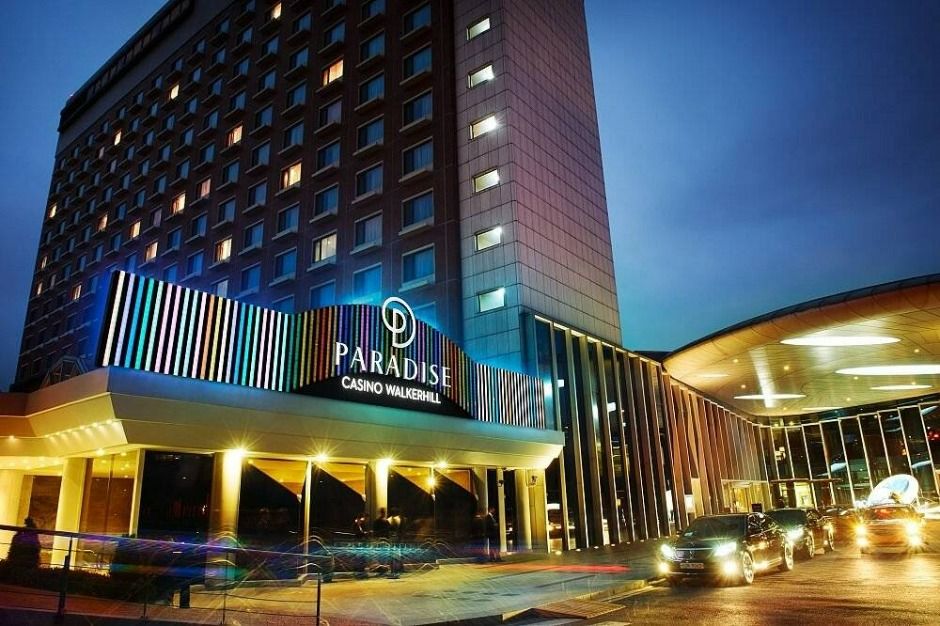
 English
English
 한국어
한국어 日本語
日本語 中文(简体)
中文(简体) Deutsch
Deutsch Français
Français Español
Español Русский
Русский